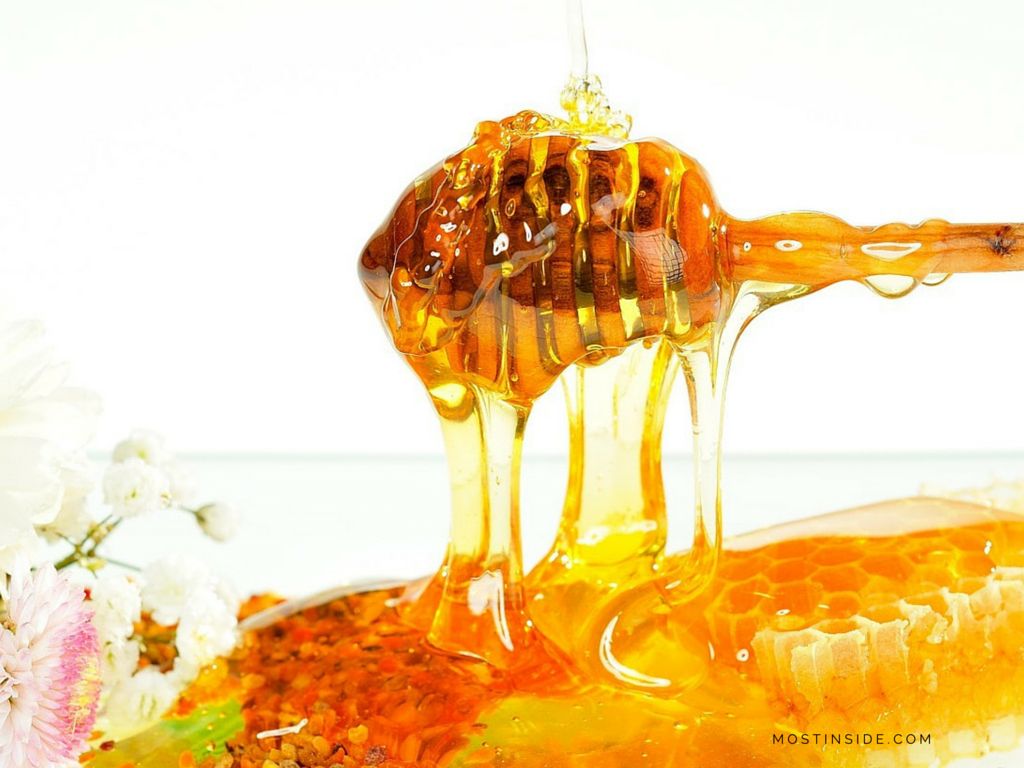Here’s Your Guide To Distinguish Between Pure & Artificial Honey
This post was last updated on July 7th, 2023
Since ages, we have been considering honey as the nature’s gift for maintaining great health and wellness. It has been used as a key ingredient in medicines, cosmetics and many foodstuffs. Honey is great for having supple skin, regulating digestive system, improving functioning of immune system, etc. People across the globe have been relying on honey for its antioxidant properties since it is not contaminated.
But lately, commercialisation and urge to make money has caused a stupendous rise in adulteration of many food items and even honey has not been spared. As per many researches, around 75 percent of honey available in the markets are not in their natural form. Companies release their honey in stores after filtering and modifying it.

In many Asian countries, honey available in markets comprise high amounts of sugar or melted jaggery is filled in bottles labelled honey. It becomes almost impossible to differentiate between pure and artificial honey with naked eye. Many health conscious people prefer having honey in warm water to flush out toxins from their body, but consuming artificial honey in fact, infuses whole lot of toxins within the body. If you are sceptical on how to find pure honey, then here’s your guide to distinguish between real & artificial honey and check for yourself, if you have a bottle of pure honey or not:
- Pure honey has its specific sweet aroma, whereas the artificial honey may have sour or no fragrance.
- Unlike artificial honey, natural honey does not separate into layers.
- Naturally pure honey may cause a tingling sensation in throat when you consume it directly. On the other hand, you won’t have any such sensation when you intake artificial honey.
- Pure honey has extremely soft yet thin texture, whereas the artificial ones have a rough texture and can form lumps.
- Moreover, pure honey has no foam, while you can see foam in the artificial honey.
- When you drop honey from the spoon, then the natural one will seem quite thick that trickles in a thin stream. In this case, the artificial honey feels runny and immediately spreads along the surface.
- Last but not the least, pure honey that has not been filtered or added antibiotics, generally has natural impurities such as pollen, bee bread, propolis and micro-particles of wax. Artificial honey is manufactured in factories using various techniques to get rid of these particles and in this process, the honey loses many of its nutritive values.
Of all these, health organisations worldwide have agreed that honey will be termed real only when it comprises of pollens as without these microscopic particles, determining the authenticity of honey becomes almost impossible. Such honey, which is brought to market after removal of pollens don’t comply with the quality and safety standards. Since this fact is becoming popular among global customers, various companies are losing demand for their honey.
But why do companies launch their honey after filtration?
The only vital sign to recognise real honey is nullified through a procedure followed by most honey manufacturing brands called ultra-filtering. It is a new age technological process where the honey is heated or even watered down to be forced through extremely fine filters where the pollen gets separated. But after this process, it hardly becomes possible to know if honey is artificial or pure.
Even many bee-keepers have revealed that the conventional filtering is aimed to retain mainly the bee parts, wax, debris and other visible contaminants while it is unsure whether they will leave the pollen in honey or not. The only reason for using ultra-filtering process is to keep the origin of the honey a secret and even food scientists and honey specialists have revealed that honey laundering is at an all time high since the last decade.
Many health organisations worldwide have affirmed that selling honey after filtering loses its nutritive values for which it is being consumed and this process in fact, reduces its quality. In a bid to offer its customers a clean looking honey, many companies are bringing low quality honey to markets at a higher cost. So the next time you want to get honey, opt for locally produced honey that comprises pollen so that you don’t have to compromise on your health even after paying a good chunk of money.
Recommended: How Good For Health Is Calories In Honey?
Recommended For You
A Brief Checklist For Before And After Pregnancy
Most Inside
Most Inside offers high-quality recommendations and valuable updates to enhance all aspects of your life, providing premium guidance and enriching experiences.




